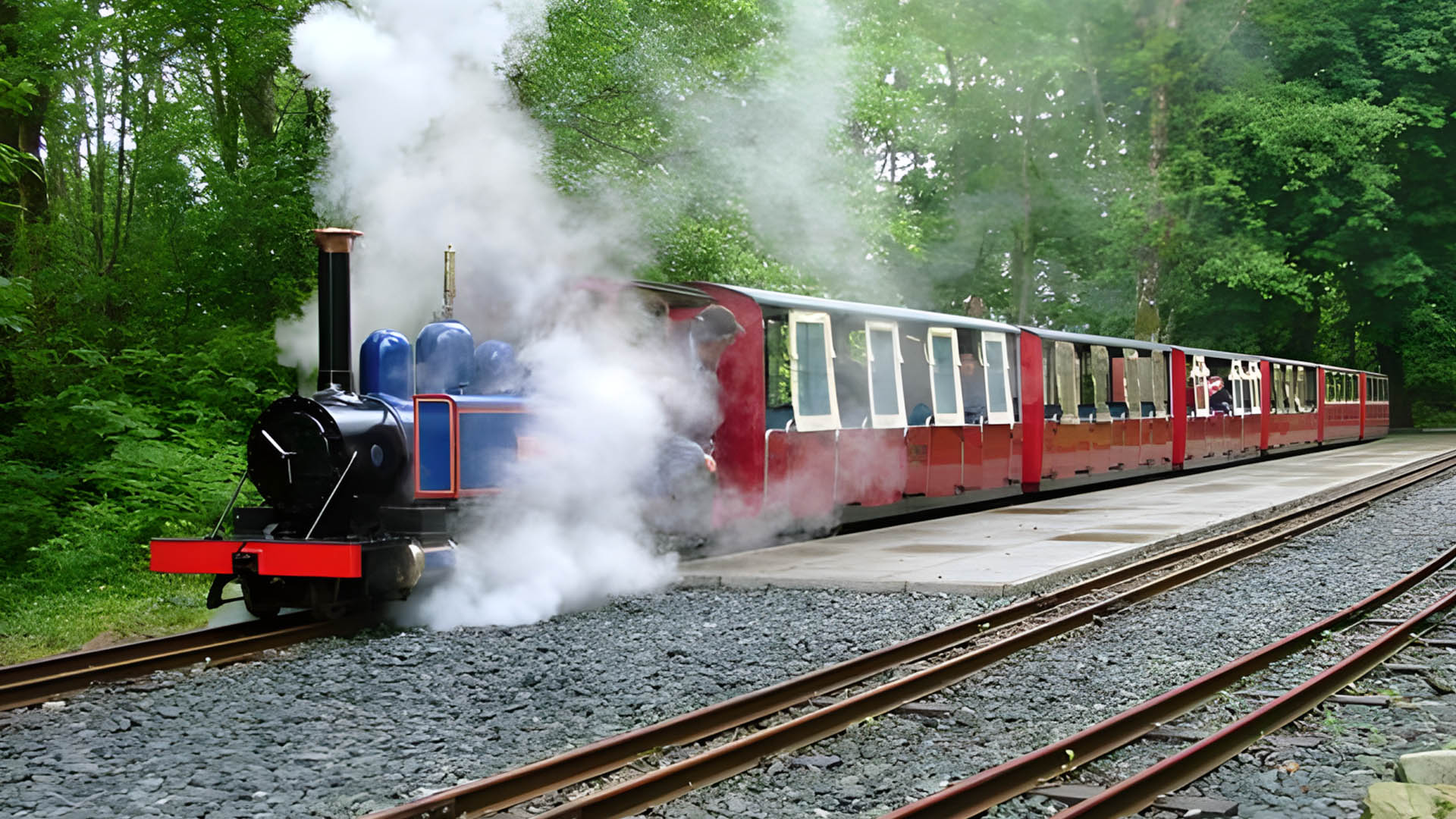
“Victoria” steaming out of Torosay Station Mick Garratt, CC BY-SA 2.0, via Wikimedia Commons
The Isle of Mull Railway operated between Craignure Pier and Torosay Castle from 1983 until its closure in 2010. Built as a narrow-gauge steam railway, it offered visitors a short but memorable journey through woodland and coastal scenery. For nearly three decades, it served as both a practical transport link and a heritage attraction, becoming a familiar part of Mull’s tourism infrastructure. Its closure followed the sale of Torosay Castle and marked the end of a unique chapter in the island’s history.
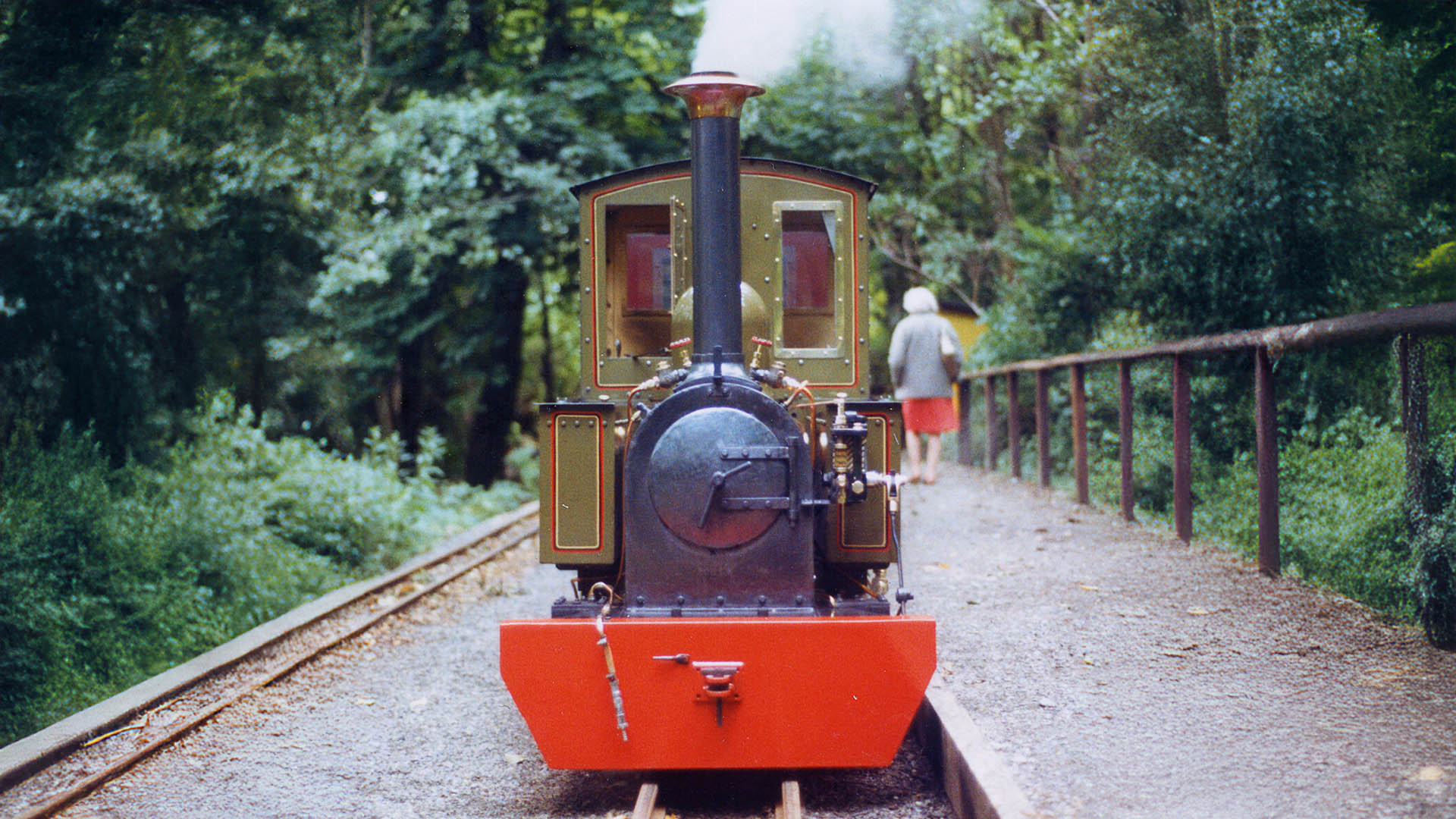
Isle of Mull Railway, 1983 by Des Blenkinsopp, CC BY-SA 2.0, via Wikimedia Commons
Origins and Purpose
The railway was founded by David and Rosemary Howitt, owners of Torosay Castle. Their goal was to create a direct connection between the ferry terminal at Craignure and the castle grounds, making it easier for visitors to access the estate while also offering a heritage experience. The line measured approximately 1.25 miles and was built to a 2 ft (610 mm) narrow-gauge specification. It ran through woodland and open terrain, offering views of Duart Bay and the Sound of Mull.
The railway quickly became popular with tourists, especially those arriving by ferry or cruise ship. It provided a convenient and scenic route to the castle and was particularly well-suited to families and steam enthusiasts. The short journey, typically lasting around ten minutes, was enough to create a sense of occasion without requiring a full day’s commitment.
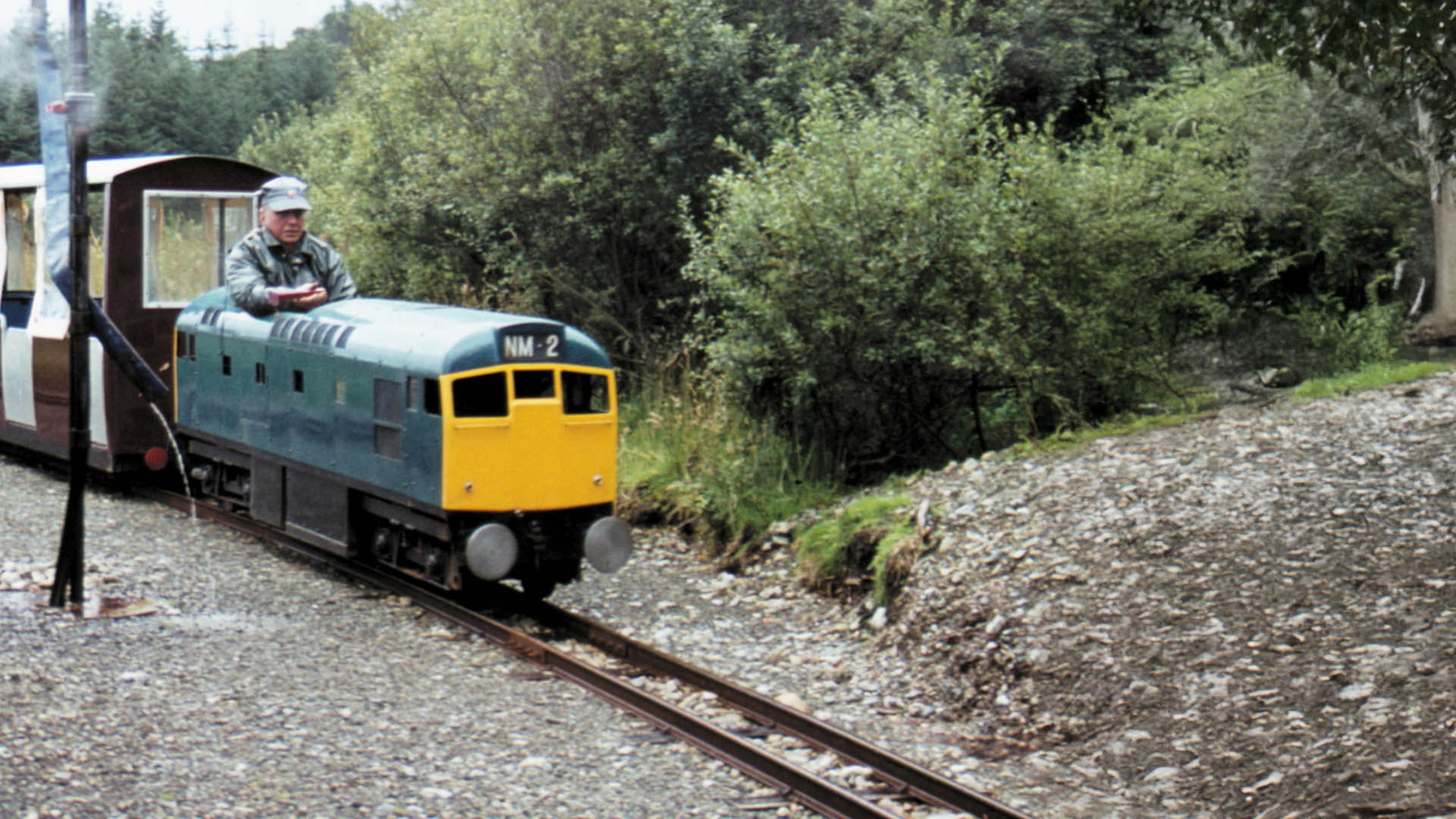
Mull & West Highland Railway – 1985 by Helmut Zozmann, CC BY-SA 2.0, via Wikimedia Commons
Locomotives and Rolling Stock
The Isle of Mull Railway operated a small but varied fleet of locomotives, each with its own role in the line’s history. While some were used for regular passenger service, others served as maintenance units or reserve engines. The full list includes:
- Victoria – A 1947-built steam locomotive originally used on sugar plantations. It became the flagship engine of the railway, operating most passenger services and often featured in promotional material.
- Lady of the Isles – A diesel-hydraulic locomotive used during quieter seasons or when steam engines were unavailable. Reliable and practical, it provided essential backup during maintenance periods.
- Glen Afton – A steam locomotive occasionally used for special events. Though not as frequently seen as Victoria, it contributed to the railway’s heritage appeal.
- Frances – A diesel engine used primarily for maintenance and shunting duties. It was not often seen by passengers but played a key role behind the scenes.
- Dougal – A small steam locomotive, sometimes used for light duties or display. Its compact size made it suitable for short runs or static exhibitions.
- Glen Auldyn – A diesel locomotive built on Mull in 1986 by Bob Davies, originally powered by a Commer van engine and later upgraded with a Perkins diesel. Nicknamed “The Flying Wardrobe” for its boxy frame, it was a powerful and practical unit. Glen Auldyn was later relocated to the Rudyard Lake Steam Railway, where it remains in service.
Each locomotive contributed to the railway’s operations in different ways. While Victoria and Lady of the Isles were most visible to the public, the supporting engines ensured the line ran smoothly throughout its seasonal schedule. The rolling stock consisted of restored vintage carriages, often open-sided during summer months, enhancing the nostalgic experience for visitors.
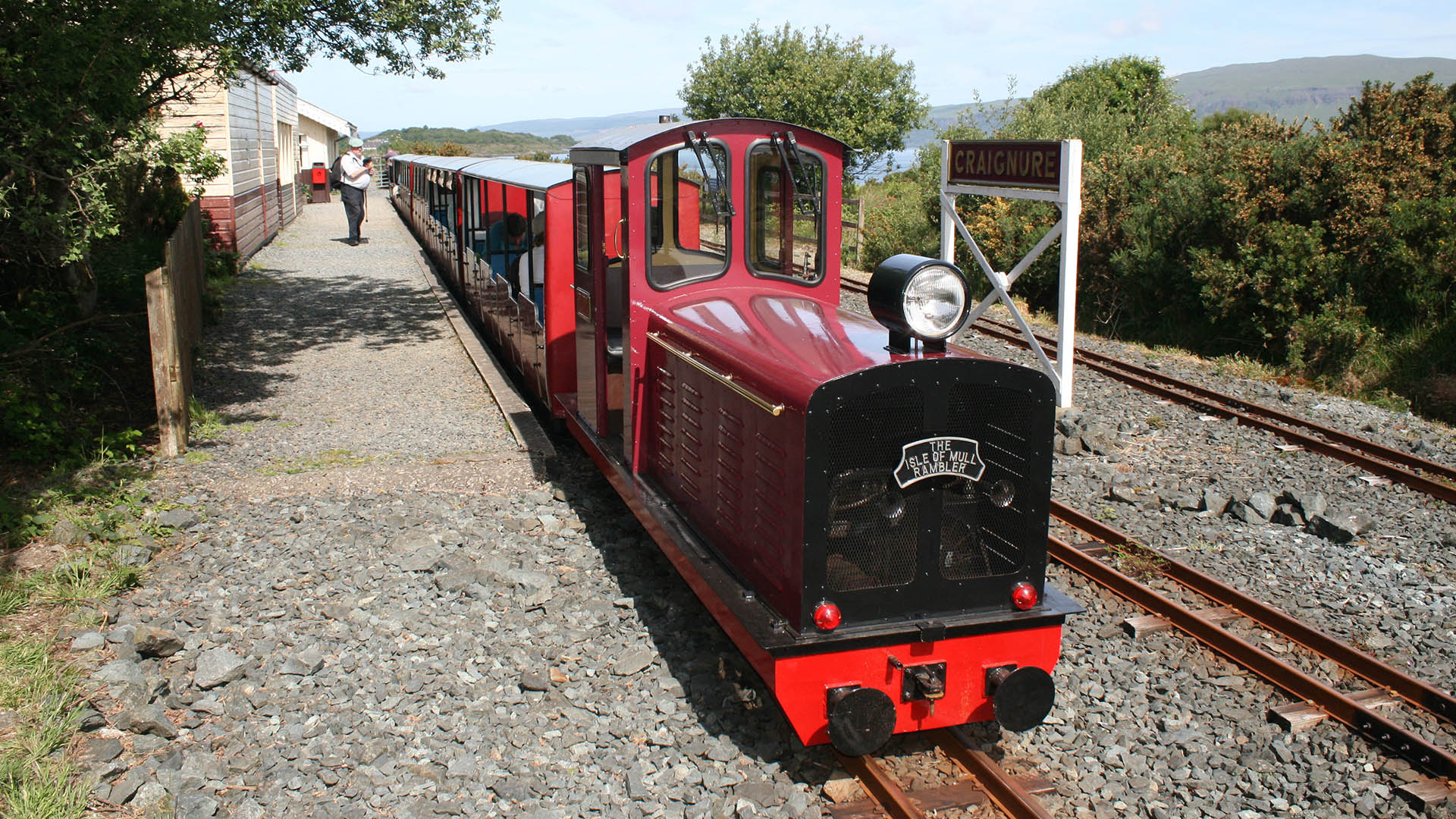
Glen Auldyn the Isle of Mull Railway Craignure station by Jo and Steve Turner, CC BY-SA 2.0, via Wikimedia Commons
Operation and Visitor Experience
The railway operated seasonally, with services running primarily during the tourist months. Staffing was a mix of paid employees and volunteers, many of whom were passionate about steam heritage and local history. The experience was designed to be simple and accessible: passengers boarded at Craignure, travelled through woodland and coastal scenery, and arrived at the castle gates.
Torosay Castle itself was a major draw. Built in the mid-19th century and expanded in the Edwardian period, it featured Italianate gardens, period interiors, and a collection of art and antiques. The railway and castle complemented each other, offering a combined experience that appealed to a wide range of visitors.
Decline and Closure
The railway’s fortunes were closely tied to Torosay Castle. When the castle was put up for sale in 2010, the railway lost its primary destination. Without access to the estate, there was no viable alternative route or terminus. Regular operations ceased in October 2010, although a limited summer service ran in 2011. The lease expired in October of that year, and by October 2012, the track had been lifted and the rolling stock removed.
The closure was not due to lack of interest. Visitor numbers remained strong, and the railway continued to attract positive feedback. However, the logistical and financial challenges of operating without the castle made continued service impossible. The railway was privately operated, and without estate support, it could not sustain itself.
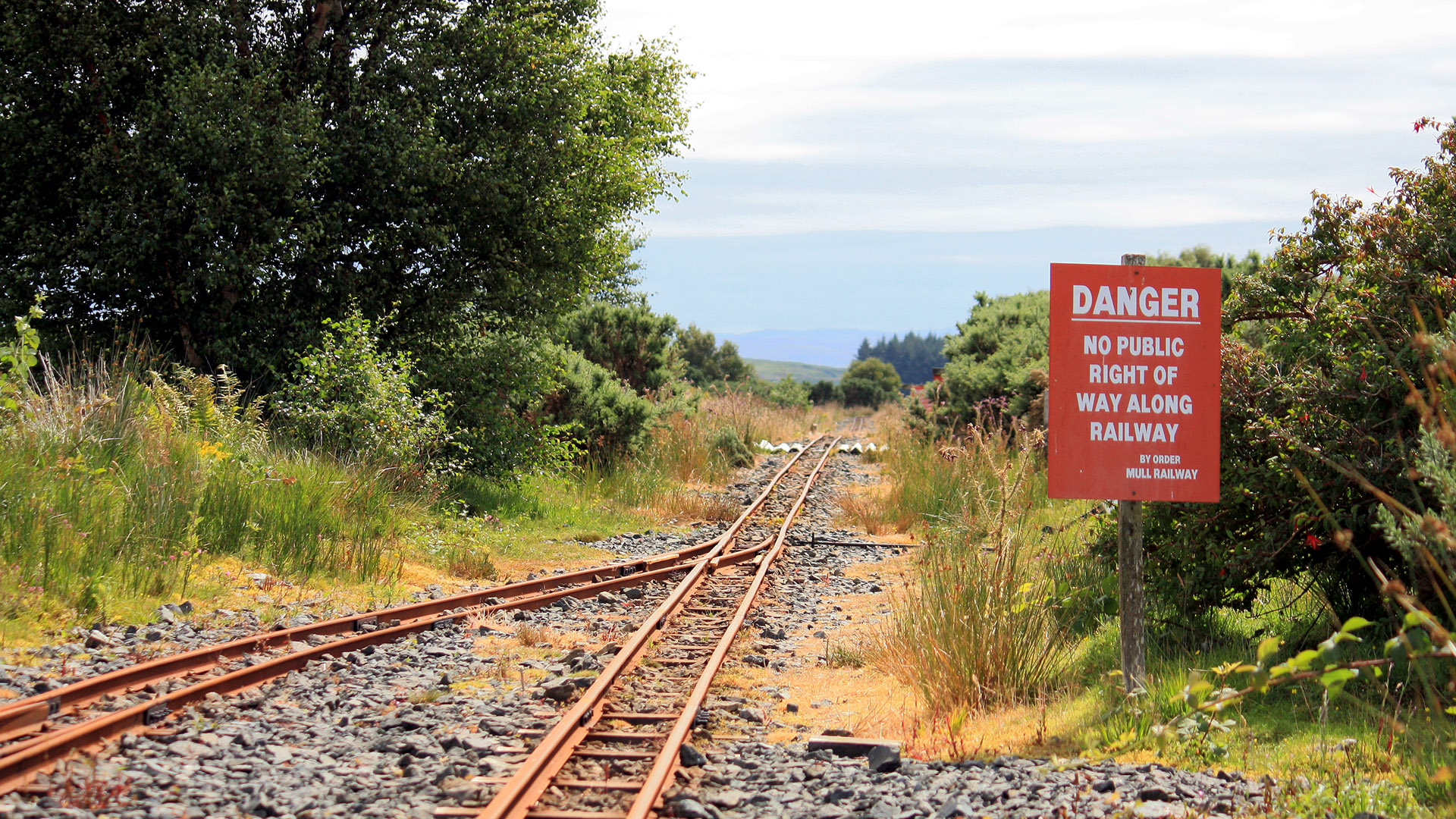
DavideGorla, CC BY 2.0, via Wikimedia Commons
Impact on Local Tourism
The closure of the railway had a noticeable impact on Craignure and the surrounding area. Cruise ship passengers lost a convenient excursion option, and footfall to Torosay Castle declined sharply. While Duart Castle remains a key attraction, the loss of the railway reduced the diversity of heritage experiences available to visitors.
For many, the railway had become part of the island’s identity. Its absence left a gap in the tourism offering, particularly for families and those seeking short, accessible excursions. The station buildings at Craignure were repurposed, but the character and charm of the railway were not easily replaced.
Legacy and Preservation
Although the railway is no longer operational, its legacy endures. Locomotives and carriages were relocated to other heritage railways or private collections. Photographs, memorabilia, and oral histories are preserved by local enthusiasts and historical societies. The story of the Isle of Mull Railway is documented in publications and online forums, and it remains a subject of interest for those studying Scottish transport history.
There have been occasional discussions about reviving the railway or creating a heritage trail along its former route, but no formal plans have emerged. The infrastructure is gone, and the practical challenges of reinstating the line are considerable. However, the memory of the railway continues to resonate with those who experienced it.
A Quiet Farewell to a Much-Loved Line
The Isle of Mull Railway was a small but significant part of the island’s tourism landscape. It offered a practical service, a heritage experience, and a connection to one of Mull’s most notable estates. Its closure was driven by changes in estate ownership and logistical constraints, not by a lack of public interest. Today, it remains a reminder of how local initiatives can shape visitor experiences and contribute to the preservation of heritage.
For those researching Mull’s historical infrastructure or planning content around local heritage, the railway’s story offers valuable insights. It connects themes of transport, tourism, estate management, and community memory. While the track may be gone, the impact of the Isle of Mull Railway continues to echo through the island’s cultural narrative.
